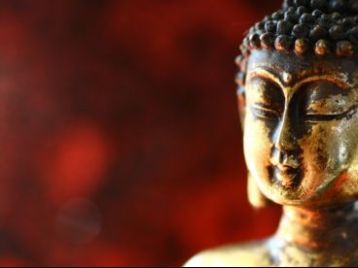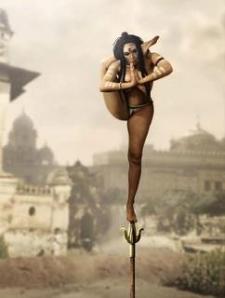The mind states or hindrances are a set of Buddhist concepts that were borrowed from Vedic Rishis of India, that deal with what our minds are doing when we are not showing up in the moment. These mind states are what pull us from our present experience, and create suffering. Luckily for us, early Hindus and Buddhists were also brilliant in coming up with a cure for each of the fluctuations of the mind.
Desire
Want, lust, greed, clinging, attachment, addiction, neediness or lack, pleasure sense experiences, or daydreaming about a friend or colleague. Desire can occur anytime we start to envision a “better” future, which is great for goal-setting, but maybe not right when it detracts from our moment-to-moment experience.
Cure: Commitment and holding to what is presently there. Recommitting to it with affirmations, or a personal creed you read daily to remind you of your value system.
Aversion
Anger, boredom, negativity, judgement, fear, repulsion, hatred, ill-will, wanting it to be different, planning-mind. Byron Katie says, “When I argue with reality, I lose – but only 100% of the time.”
Cure: Generate loving thoughts for what you find an aversion for. It will feel phony at first, because it is! But continue to breath, relax, feel, watch, and allow.
Cure 2: Look at how you can “co-create” with the moment, taking what you are given. Make the moment saucy, given the cards you are dealt.
Sloth/Torpor
Sloth is probably one of the more common mind states in a society where we are constantly inundated with flashing pictures, voices, smells, and action all around. It zaps energy, and leaves us tired, mentally scattered, and usually feeling like a blob on the couch with a favorite sweet or salty snack.
Cure: One-pointed concentration. By concentrating, you are shoring up your scattered resources of energy to focus on your moment-to-moment experience and all the wonderful things happening around you.
Restlessness
When we can’t sit still, worry, get anxious, make something out of nothing, fret, regret, grieve or ruminate. Depressants and alcohol only mask these symptoms, and throw ice cubes in the boiling water, rather than turning off the burner.
Cure: Instead, find determination by lengthening the inhale and exhale, and softening the jaw.
Doubt
Creating the most suffering of the mind states is doubt. This is also the hardest mind state to notice, because it can be easy to…





